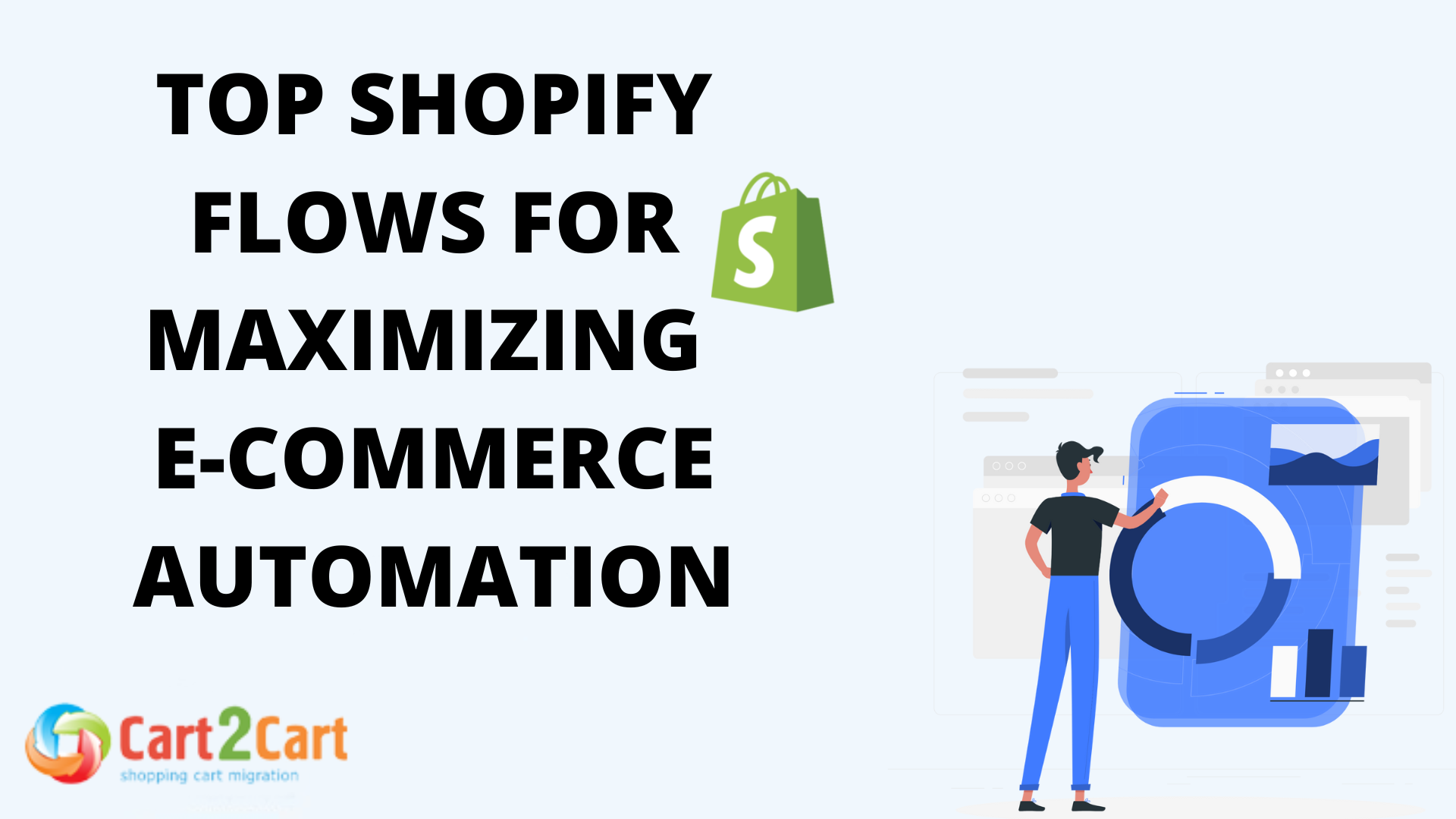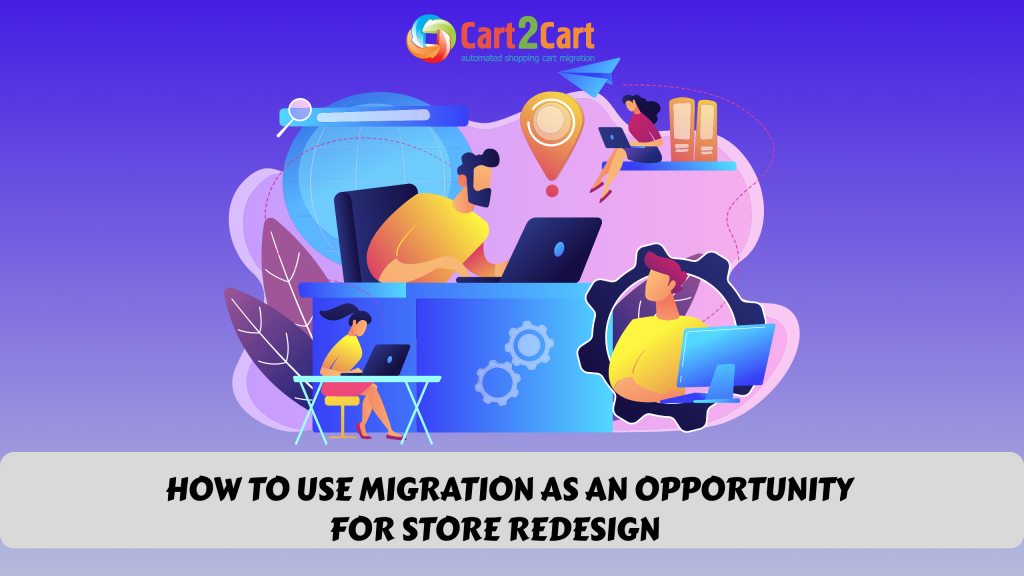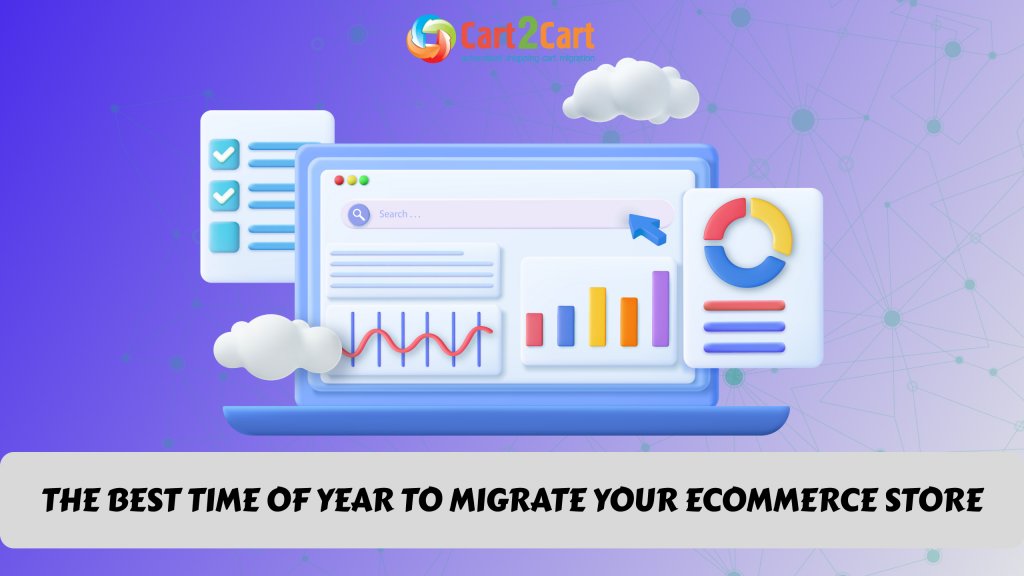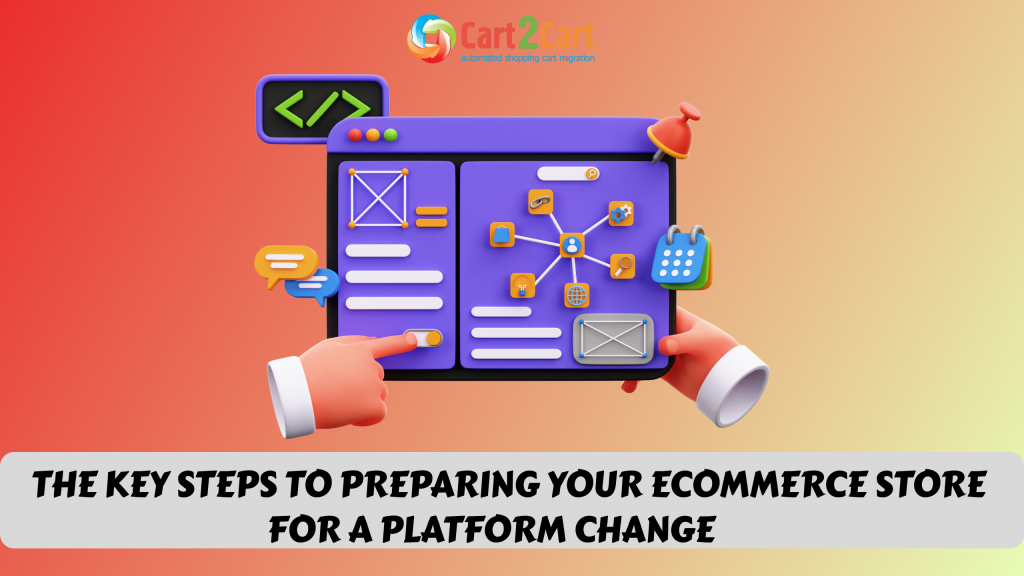In the competitive world of e-commerce, efficiency and automation are crucial for success. Shopify, one of the leading e-commerce platforms, offers a powerful tool called Shopify Flow that allows online retailers to automate a wide range of tasks. From managing customer interactions to optimizing inventory management, these flows can streamline your operations, improve customer satisfaction, and ultimately increase your sales. If you're considering moving your business to Shopify, an eCommerce Migration Service can ensure a smooth transition. In this comprehensive guide, we will explore the top Shopify Flows you should implement in your store, how to set them up, and the benefits they can bring to your e-commerce business.
Understanding Shopify Flows
Shopify Flows is an automation tool designed to help store owners automate repetitive tasks and complex processes. It allows you to create custom workflows, or "flows," tailored to your store's specific needs. These workflows can handle various tasks, such as sending personalized emails, updating product variant inventory quantity, tagging customers, and more. By automating these processes, you can save time, reduce human error, and ensure that your store operates smoothly. Additionally, Shopify Flows can assist your customer service team by automating responses to common inquiries or escalating a customer service ticket when necessary, enhancing the overall efficiency of your business.
Benefits of Implementing Shopify Flows
Before diving into the specific flows, it's essential to understand the overall benefits of using Shopify Flows in your e-commerce store:
- Time Efficiency: Automating repetitive tasks frees up time for you and your team to focus on more strategic aspects of your business.
- Error Reduction: By automating processes, you reduce the risk of human error, ensuring that tasks are completed accurately and consistently.
- Improved Customer Experience: Automated flows can enhance the customer experience by ensuring timely and personalized communication.
- Scalability: As your business grows, Shopify Flows allows you to scale your operations without increasing your workload.
- Increased Sales: By optimizing key processes, Shopify Flows can lead to higher conversion rates and increased sales.
Top Shopify Flows to Implement in Your Store
1. Welcome Email Series
The welcome email series is one of the most crucial Shopify flow connectors for any e-commerce business. It is the first interaction a customer has with your brand after subscribing to your newsletter or making a purchase. A well-crafted welcome email series can set the tone for your relationship with the customer and encourage repeat purchases. Additionally, it helps in addressing any concerns or negative review early on, ensuring a positive experience and fostering customer loyalty.
Key Elements of a Welcome Email Series Flow:
- First Email: A warm welcome message that introduces your brand and provides an overview of your products or services.
- Second Email: A follow-up email that may include a special offer, such as a discount code, to encourage the first purchase.
- Third Email: A value-driven email that offers helpful tips or content related to your products, reinforcing the customer's decision to choose your brand.
Benefits:
- Establishes a strong connection with new customers
- Increases the likelihood of repeat purchases
- Enhances brand loyalty
2. Abandoned Cart Recovery
Cart abandonment is a common challenge in e-commerce, with studies showing that nearly 70% of online shopping carts are abandoned before purchase. Implementing an abandoned cart recovery flow is essential for recovering lost sales. This flow sends automated reminders to customers who have added items to their cart but have not completed the checkout process.
Key Elements of an Abandoned Cart Recovery Flow:
- First Reminder: Sent within an hour of cart abandonment, this email reminds the customer of the items left in their cart.
- Second Reminder: Sent 24 hours later, this email may include a sense of urgency, such as a limited-time offer or a reminder that items are in high demand.
- Final Reminder: Sent 48 hours after abandonment, this email might offer a discount or free shipping to incentivize the purchase.
Benefits:
- Recovers potentially lost sales
- Increases conversion rates
- Reduces cart abandonment rates
3. Post-Purchase Follow-Up
A post-purchase follow-up flow is a great way to maintain customer engagement after a sale. By automating tasks in this flow, you can ensure that a series of emails is sent to thank the customer for their purchase, provide information about their order, and encourage them to return for future purchases. Automate tasks helps streamline the process and enhances the overall customer experience.
Key Elements of a Post-Purchase Follow-Up Flow:
- Order Confirmation Email: Confirms the customer's purchase and provides details about shipping and delivery.
- Thank You Email: Expresses gratitude for the customer's purchase and invites them to share their experience or leave a review.
- Product Recommendation Email: Suggests related products that the customer may be interested in, based on their recent purchase.
Benefits:
- Enhances customer satisfaction
- Encourages repeat purchases
- Gathers valuable customer feedback
4. Low Inventory Alerts
Effective inventory management is critical to running a successful e-commerce store. A low inventory alert flow helps you stay on top of your stock levels by notifying you when inventory for a particular product is running low. This allows you to reorder products in a timely manner and avoid stockouts.
Key Elements of a Low Inventory Alert Flow:
- Trigger: The flow is triggered when the inventory for a specific product falls below a predetermined threshold.
- Alert: An automated email or notification is sent to the store owner or inventory manager, indicating that it's time to reorder the product.
Benefits:
- Prevents stockouts and lost sales
- Ensures product availability
- Improves inventory management
5. VIP Customer Program
Your most loyal customers deserve special recognition. A VIP customer program flow allows you to automatically identify and reward your top customers with exclusive benefits, such as discounts, early access to new products, or free shipping. This flow not only helps you retain your best customers but also encourages them to spend more with your store.
Key Elements of a VIP Customer Program Flow:
- Customer Segmentation: Automatically segments customers based on their purchase history, total spend, or frequency of purchases.
- Reward Triggers: Once a customer meets the criteria for VIP status, they are automatically enrolled in the program and receive a personalized email or notification about their new status.
- Exclusive Offers: The flow can include automated emails that send special offers or promotions exclusively to VIP customers.
Benefits:
- Strengthens customer loyalty
- Increases customer lifetime value
- Encourages repeat purchases and higher spending
6. Back-in-Stock Alerts
Out-of-stock items can be frustrating for customers, but a back-in-stock alert flow can turn this challenge into an opportunity. This flow automatically notifies customers when a product they were interested in is back in stock, encouraging them to complete their purchase.
Key Elements of a Back-in-Stock Alert Flow:
- Customer Sign-Up: Allows customers to sign up for notifications when an out-of-stock item is restocked.
- Automated Notification: Sends an email or SMS to the customer as soon as the product is available again.
Benefits:
- Recovers potential lost sales
- Improves customer satisfaction
- Increases conversion rates for previously out-of-stock items
7. Customer Win-Back Campaign
Inactive customers represent a significant untapped revenue potential. A customer win-back campaign flow is designed to re-engage customers who haven't made a purchase in a while. This flow sends a series of targeted emails aimed at bringing these customers back to your store.
Key Elements of a Customer Win-Back Campaign Flow:
- Trigger: The flow is triggered after a set period of customer inactivity, such as 3 or 6 months without a purchase.
- Incentive: The flow may include special offers, such as discounts or free shipping, to encourage the customer to return.
- Follow-Up: If the customer still doesn't respond, a final email may be sent offering a last-chance deal or reminding them of what they’re missing out on.
Benefits:
- Re-engages dormant customers
- Increases customer retention
- Boosts revenue from previously inactive customers
8. Product Review Request
Customer reviews are invaluable for building trust and credibility. A product review request flow automatically sends emails to customers asking them to leave a review after they have received their purchase. This flow not only helps you gather social proof but also encourages repeat purchases by re-engaging customers.
Key Elements of a Product Review Request Flow:
- Timing: The flow is triggered a few days after the product is delivered, giving customers enough time to use the product.
- Review Request: An email is sent asking the customer to rate and review their purchase. The email may include a direct link to the review page for convenience.
- Incentives: You can offer incentives, such as a discount on the next purchase, to encourage customers to leave a review.
Benefits:
- Builds social proof and trust
- Increases product credibility
- Encourages repeat purchases through incentives
9. Order Fulfillment Updates
Keeping customers informed about the status of their orders is crucial for customer satisfaction. To achieve this, you can create Shopify Flow workflows that ensure customers receive timely notifications at each stage of the fulfillment process, from order confirmation to shipping and delivery. Utilizing tools available in the Shopify App Store can further enhance your ability to manage and automate these updates effectively.
Key Elements of an Order Fulfillment Updates Flow:
- Order Confirmation: An email confirming that the order has been received and is being processed.
- Shipping Notification: An email notifying the customer when their order has been shipped, including tracking information.
- Delivery Confirmation: An email confirming that the order has been delivered.
Benefits:
- Enhances customer satisfaction
- Reduces customer inquiries about order status
- Improves transparency and trust
10. Product Upsell and Cross-Sell
Maximizing the value of each customer transaction is essential for increasing revenue. A product upsell and cross-sell flow helps you achieve this by automatically recommending related or higher-value products to customers during the checkout process or after a purchase.
Key Elements of a Product Upsell and Cross-Sell Flow:
- Trigger: The flow is triggered when a customer adds a product to their cart or completes a purchase.
- Recommendation: The flow suggests related or higher-value products that the customer may be interested in, either on the checkout page or via a follow-up email.
- Incentives: Offering a discount or free shipping on the recommended products can further encourage the customer to make an additional purchase.
Benefits:
- Increases average order value
- Encourages customers to explore more products
- Boosts overall sales
How to Set Up Shopify Flows
Setting up Shopify Flows is a straightforward process that requires no coding skills. Shopify provides a user-friendly interface where you can create, edit, and manage your flows. Here's a step-by-step guide to setting up your first flow:
- Access Shopify Flows: Log in to your Shopify admin dashboard and navigate to the "Shopify Flows" section under the "Apps" menu.
- Create a New Flow: Click on "Create Flow" to start building your custom workflow. You can choose from pre-built templates or create a flow from scratch.
- Define Triggers: Triggers are the events that initiate your flow. For example, a trigger could be when a customer abandons their cart or when a product's inventory level drops below a certain threshold.
- Add Actions: Actions are the tasks that your flow will perform once triggered. For example, sending an email, updating customer tags, or adjusting inventory levels.
- Test and Activate: Before activating your flow, test it to ensure that it works as expected. Once you're satisfied, activate the flow to start automating your tasks.
Best Practices for Using Shopify Flows
Here's a step-by-step guide to setting up Shopify Flow workflows:
- Access Shopify Flow:
- Log in to your Shopify admin dashboard and navigate to the "Shopify Flow" section under the "Apps" menu.
- Create a New Workflow:
- Click on "Create Flow" to start building your custom workflow. You can choose from pre-built templates or create a flow from scratch.
- Define Triggers:
- Triggers are the events that initiate your Shopify Flow workflow. For example, a trigger could be when a customer abandons their cart or when a product's inventory level drops below a certain threshold.
- Add Actions:
- Actions are the tasks that your workflow will perform once triggered. For example, sending an email, updating customer tags, or adjusting inventory levels.
- Test and Activate:
- Before activating your workflow, test it to ensure that it works as expected. Once you're satisfied, activate the flow to start automating tasks efficiently with Shopify Flow workflows.
Conclusion
Shopify Flows is a powerful tool that can transform the way you manage your online store. By automating key processes with Shopify Flow examples, you can save time, reduce errors, and focus on growing your business. The top Shopify Flow triggers we've covered in this guide are just the beginning. With the flexibility and customization options offered by Shopify Flows, you can create workflows tailored to your specific needs and goals.
Whether you're looking to improve customer engagement, optimize inventory management, or increase sales, Shopify Flows has the tools you need to succeed. Start implementing these flows today and watch your online store thrive.





 March 31, 2025
March 31, 2025 


